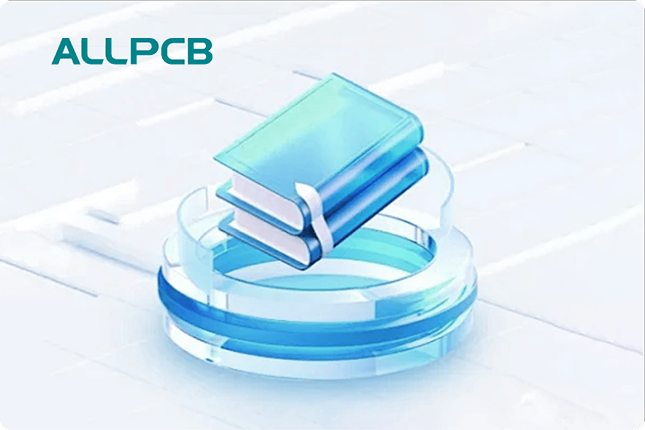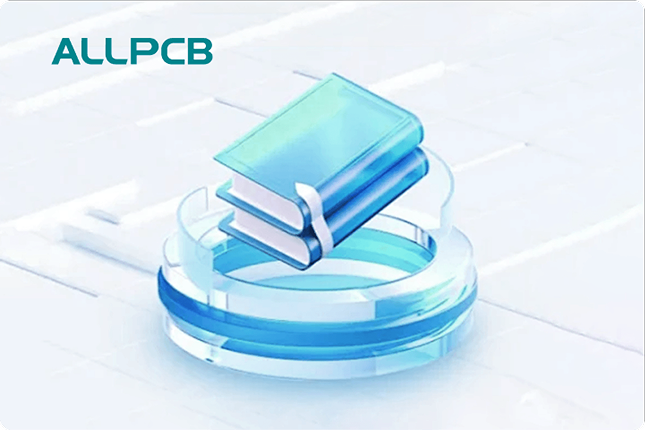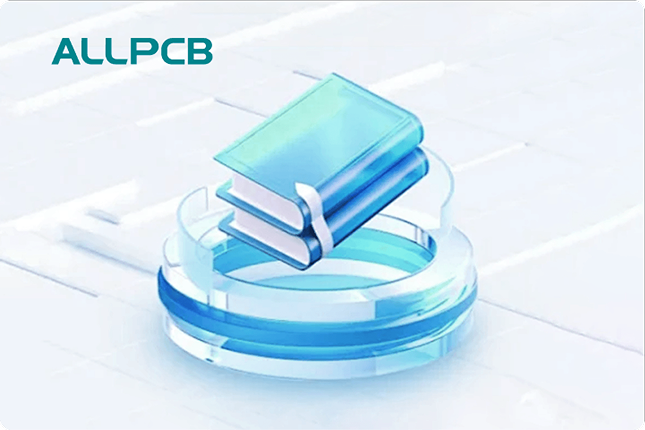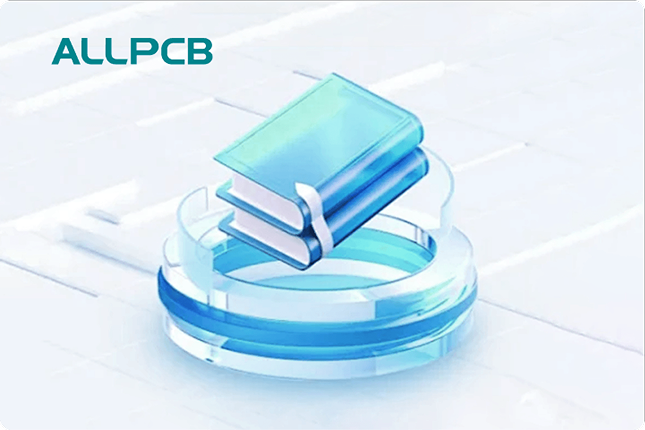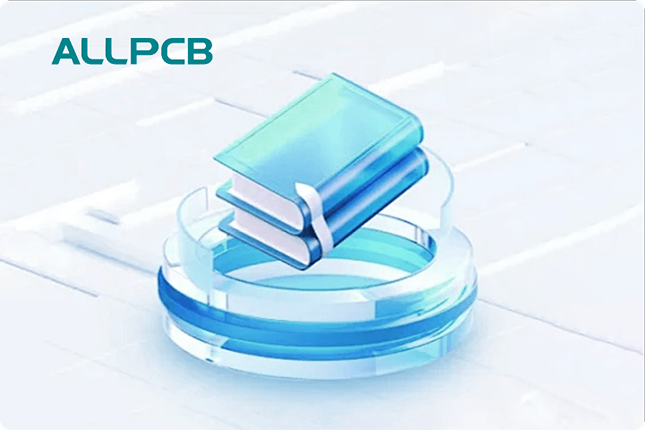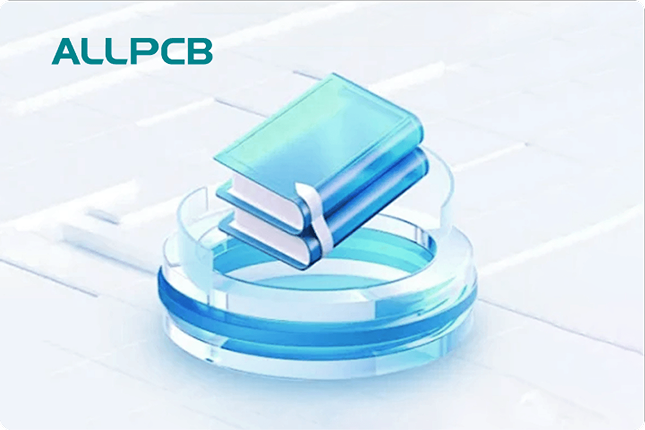In the fast-evolving world of electronics, printed circuit boards (PCBs) are the backbone of countless devices, from consumer gadgets to mission-critical systems. Among the various types of PCBs, ceramic PCBs stand out for their exceptional performance in demanding conditions, particularly high-temperature environments. These advanced circuit boards offer unique properties that make them indispensable in industries where reliability, PCB thermal management, and durability are non-negotiable. In this blog, we explore the advantages of ceramic PCBs, their specific use cases in high-temperature applications, and why they are a game-changer for engineers tackling extreme conditions.
Whether you're designing aerospace avionics, automotive control modules, or high-power industrial systems, understanding the benefits of ceramic PCBs can help you make informed decisions for your next project. Let's dive into what makes these boards so special and how they excel in the toughest environments.
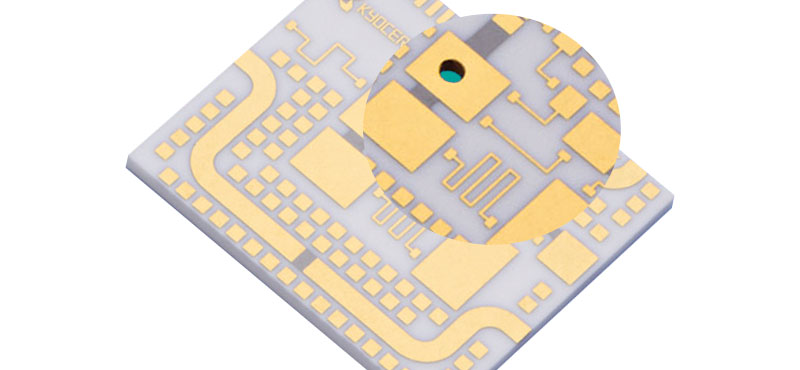
What Are Ceramic PCBs?
Ceramic PCBs are circuit boards that use ceramic materials—such as alumina (Al?O?), aluminum nitride (AlN), or silicon carbide (SiC)—as their substrate, instead of traditional materials like FR-4 (glass-reinforced epoxy). Unlike conventional PCBs, which rely on organic laminates, ceramic PCBs leverage the inherent properties of ceramics to deliver superior thermal conductivity, electrical insulation, and mechanical strength.
These boards are manufactured using specialized processes, such as high-temperature co-fired ceramic (HTCC), low-temperature co-fired ceramic (LTCC), or direct copper bonded (DCB) techniques. The result is a robust platform capable of supporting complex circuit designs in environments where standard PCBs would fail.
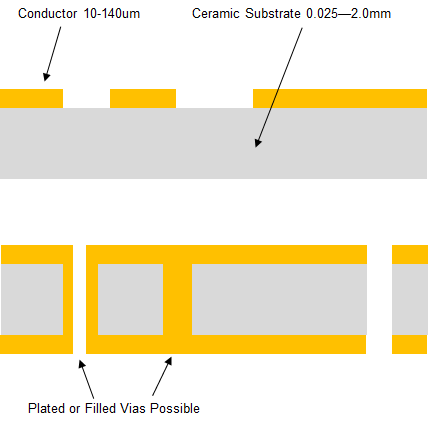
Key Advantages of Ceramic PCBs
Ceramic PCBs offer a range of benefits that make them the preferred choice for high-temperature and high-reliability applications. Below, we break down their most significant advantages.
1. Exceptional Thermal Conductivity
One of the standout features of ceramic PCBs is their high thermal conductivity, which allows them to efficiently dissipate heat generated by components or high-current traces. For example, aluminum nitride (AlN) ceramic PCBs can achieve thermal conductivity values ranging from 150 to 230 W/m·K, compared to FR-4's meager 0.25 W/m·K. This means ceramic PCBs can handle heat loads that would cause FR-4 boards to delaminate or fail.
In practical terms, a ceramic PCB with a 1 mm x 0.3 mm copper track carrying 100 A of current experiences a temperature rise of only about 17°C, while a wider 2 mm x 0.3 mm track reduces this to just 5°C. This efficient heat dissipation prevents hotspots and ensures consistent performance in high-power applications.
2. High-Temperature Resistance
Ceramic PCBs can operate reliably at temperatures far beyond the capabilities of traditional PCBs. Depending on the ceramic material, these boards can withstand temperatures from 350°C to over 800°C without degrading. For instance, alumina-based PCBs maintain structural integrity up to 800°C, while silicon carbide PCBs can endure even higher temperatures, making them ideal for extreme environments like aerospace propulsion systems or industrial furnaces.
In contrast, FR-4 boards typically have a glass-transition temperature (Tg) of around 130–170°C, beyond which they lose rigidity and risk failure. Ceramic PCBs' ability to remain stable under thermal stress ensures long-term reliability in harsh conditions.
3. Low Coefficient of Thermal Expansion (CTE)
The coefficient of thermal expansion (CTE) measures how much a material expands when heated. Ceramic PCBs have a low CTE, closely matching that of silicon (used in semiconductor chips), which is typically around 2.6–3.5 ppm/°C. This compatibility minimizes mechanical stress during thermal cycling, reducing the risk of solder joint failures or component detachment.
For comparison, PCB material FR-4 has a CTE of approximately 14–17 ppm/°C, which can lead to mismatches with silicon components, causing cracks or fractures over time. Ceramic PCBs' low CTE makes them a reliable choice for applications with frequent temperature fluctuations, such as automotive engine control units.
4. Superior Electrical Insulation
Ceramic materials boast excellent electrical insulation properties, with dielectric strengths ranging from 10 kV/mm to over 20 kV/mm. This allows ceramic PCBs to handle high voltages without breakdown or leakage, making them suitable for power electronics and electric vehicle (EV) systems. Additionally, ceramics have low dielectric constants (typically 6–10) and low dielectric loss, ensuring minimal signal distortion in high-frequency applications like RF communication systems.
For example, in a radar transmission module, a ceramic PCB can maintain signal integrity at frequencies exceeding 10 GHz, where FR-4 boards would suffer significant signal loss due to their higher dielectric constant (around 4.5).
5. Mechanical Strength and Durability
Ceramic PCBs are highly resistant to mechanical stress, vibration, and shock, thanks to the inherent rigidity and toughness of ceramic materials. Unlike FR-4, which can warp or crack under physical strain, ceramic substrates maintain their shape and integrity in rugged environments. This durability is critical for applications like military electronics, where boards must withstand extreme vibrations or impacts.
Additionally, ceramics are chemically inert and resistant to corrosion, moisture, and UV radiation. This makes them ideal for harsh environments, such as oil and gas exploration, where exposure to corrosive chemicals or high humidity is common.
6. Compact Design and High-Density Integration
Ceramic PCBs support high-density circuit designs due to their smooth, flat surfaces and ability to accommodate fine traces. Advanced manufacturing techniques, such as laser drilling, enable via holes as small as 0.06 mm, allowing for dense component placement. This is particularly valuable in applications like microelectromechanical systems (MEMS) or multilayer ceramic PCBs used in aerospace avionics, where space is at a premium.
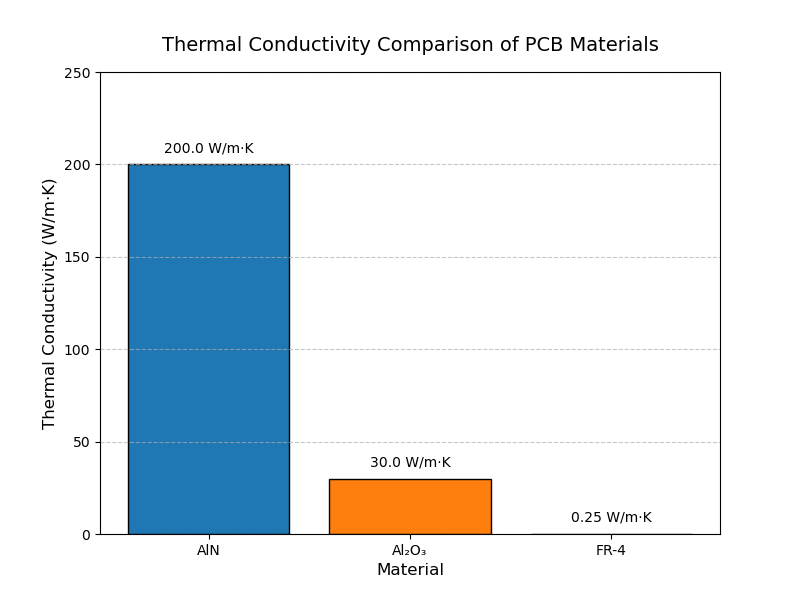
Use Cases in High-Temperature Environments
Ceramic PCBs shine in applications where extreme temperatures, high power, or harsh conditions demand uncompromising performance. Below are some key industries and use cases where ceramic PCBs are indispensable.
1. Aerospace and Avionics
Aerospace systems, such as satellite communication modules and avionics, operate in environments with extreme temperature swings, from -55°C in orbit to over 200°C during re-entry. Ceramic PCBs, particularly those made with aluminum nitride or silicon carbide, provide the thermal stability and reliability needed for these conditions. For example, multilayer ceramic PCBs are used in radar systems, where their low dielectric loss ensures precise signal transmission at high frequencies.
In a satellite power management system, a ceramic PCB can dissipate heat from power amplifiers operating at 50 W, maintaining temperatures below 150°C to prevent component failure. The boards' resistance to UV radiation and vacuum conditions further enhances their suitability for space applications.
2. Automotive Electronics
Modern vehicles, especially electric vehicles (EVs) and hybrids, rely on high-power electronics for battery management, motor control, and engine control units (ECUs). These systems generate significant heat, often exceeding 200°C in engine compartments. Ceramic PCBs, with their high thermal conductivity and low CTE, ensure reliable operation under these conditions.
For instance, in an EV charging station, a ceramic PCB can handle currents up to 200 A while maintaining a temperature rise of less than 20°C, thanks to its efficient heat dissipation. The boards' durability also withstands the vibrations and thermal cycling common in automotive environments.
3. Industrial and Power Electronics
Industrial applications, such as high-power inverters for renewable energy systems or motor drives in manufacturing, require PCBs that can handle large currents and elevated temperatures. Ceramic PCBs excel in these scenarios, offering both thermal management and electrical insulation for high-voltage systems.
In a solar inverter, a ceramic PCB can support power transistors operating at 600 V, with thermal conductivity ensuring that junction temperatures remain below 175°C. This reliability extends the lifespan of the inverter, reducing maintenance costs in harsh outdoor environments.
4. Military and Defense
Military electronics, such as missile guidance systems or ruggedized communication devices, demand PCBs that perform flawlessly under extreme conditions. Ceramic PCBs' ability to withstand high temperatures, vibrations, and chemical exposure makes them ideal for these applications. For example, a thick-film ceramic PCB in a missile control system can operate at 300°C while maintaining signal integrity for high-frequency data transmission.
5. LED Lighting and High-Power Semiconductors
High-power LEDs, used in automotive headlights or industrial lighting, generate significant heat that can degrade performance if not managed properly. Ceramic PCBs, particularly those using LTCC technology, provide excellent heat dissipation, allowing LEDs to operate at peak efficiency. For instance, a ceramic PCB can keep an LED junction temperature below 120°C, even at 10 W of power, extending the LEDningen's lifespan.
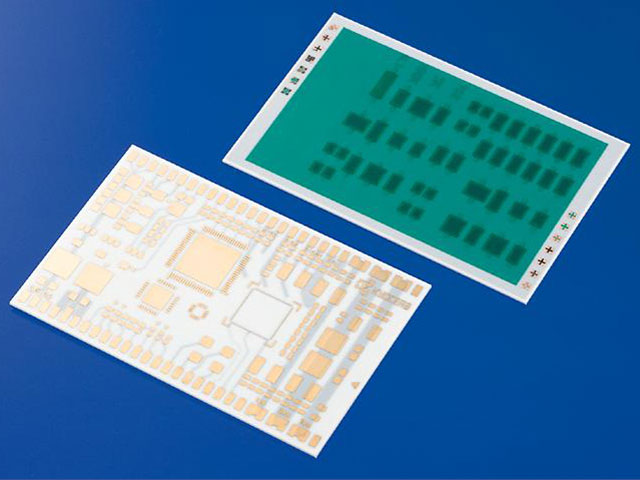
Challenges and Considerations
While ceramic PCBs offer numerous advantages, they come with some challenges that engineers must consider:
- Cost: Ceramic PCBs are more expensive than FR-4 due to the cost of materials (e.g., AlN is pricier than alumina) and complex PCB manufacturing processes. However, their reliability in critical applications often justifies the investment.
- Brittleness: Ceramics are more fragile than FR-4, requiring careful handling during assembly to avoid cracks. This is particularly true for thin substrates used in compact designs.
- Design Complexity: Designing ceramic PCBs requires specialized knowledge of ceramic properties and manufacturing constraints, such as DFM (Design for Manufacturing) rules to avoid issues like impedance mismatch or crosstalk.
Despite these challenges, advancements in manufacturing, such as direct plated copper (DPC) and active metal brazing (AMB), have made ceramic PCBs more accessible and reliable, addressing many of these concerns.
Conclusion
Ceramic PCBs are a transformative solution for engineers working on high-temperature, high-reliability applications. Their exceptional thermal conductivity, high-temperature resistance, low CTE, and robust electrical and mechanical properties make them indispensable in industries like aerospace, automotive, industrial, and military. While they come with higher costs and design considerations, the benefits of ceramic PCBs far outweigh the challenges for applications where failure is not an option.
As electronic systems continue to push the boundaries of performance and miniaturization, ceramic PCBs will play an increasingly vital role in enabling innovation. By understanding their advantages and use cases, engineers can make informed decisions to ensure their designs thrive in the most demanding environments.
 ALLPCB
ALLPCB


